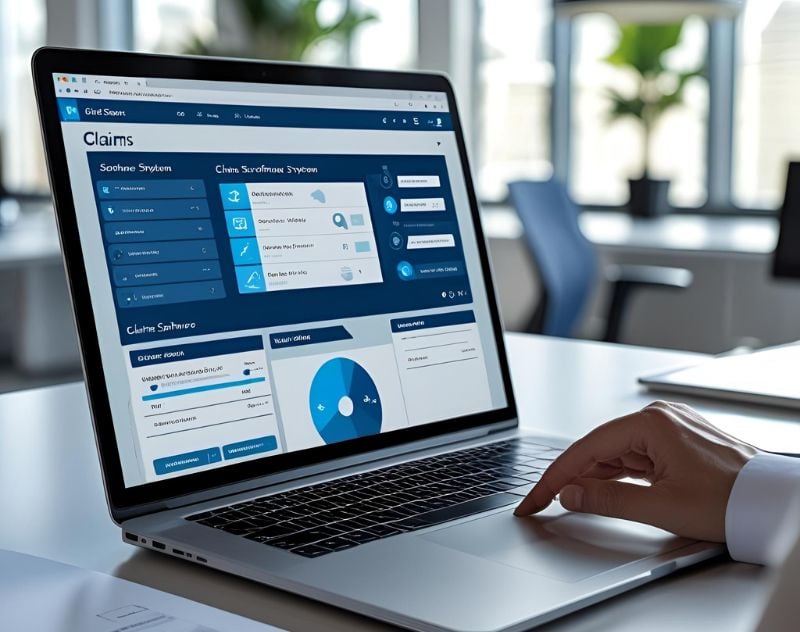Selecting the right claims processing software for your company is more than dazzling features or having an intuitive interface. Whether you're moving from spreadsheets or replacing a legacy system, you need the right data to make a smart, future-ready decision.
Start with Your Needs and Not the Feature Set
Each company has its own workflows. But before you get pulled into chats or software demos, first write down your must-have features. What issues are you trying to fix? Quicker claim approvals? Improved visibility? Reporting? Compliance?
If submitting claims is part of your workflow, make sure the platform has solid claims reporting software, like customizable reports and real-time, clear dashboards. Once you know your key features, focus on platforms that offer them.
Prioritize Smooth Integration
Your claims software should not work independently. Look for software that integrates smoothly with any tools you currently use, such as ERP, CRM, billing, or accounting systems. When one system communicates with another, data consistency is improved, manual entry is decreased, and overall process time is decreased. Integration can make it easy to transform from a software that creates more headaches.
Assessing Automation Capabilities
Not all automation is equal. Some platforms automate only a small part of the process, which means your team has to continue with their manual process to complete the rest. Look for software that can enable total end-to-end automation from claim intake to claim closure. The best systems use rules-based decisions, automatic notifications, and smart document capture to facilitate movement through all steps. This is where you’ll see real-time and cost savings.
Consider the User Experience
No matter how powerful the platform, it won’t matter if your team does not want to use it. Look for software that has a clean and simple interface to limit the learning curve. Ask for a practical demonstration or a trial period and have actual users test the usability of the platform.
Choose for the Long-Term
Two years from now, your business won't look the same, nor should your claims reporting software. Choose a platform that can grow with you, handle an increasing volume of claims, and easily adjust to any new lines of business that you may enter into, or any changes to laws. Having configurability and flexibility now can save you a costly migration in the future.
Conclusion
So, choosing a claims processing software that fits your needs, tech setup, and long-term goals will make your claims process faster and more efficient.

